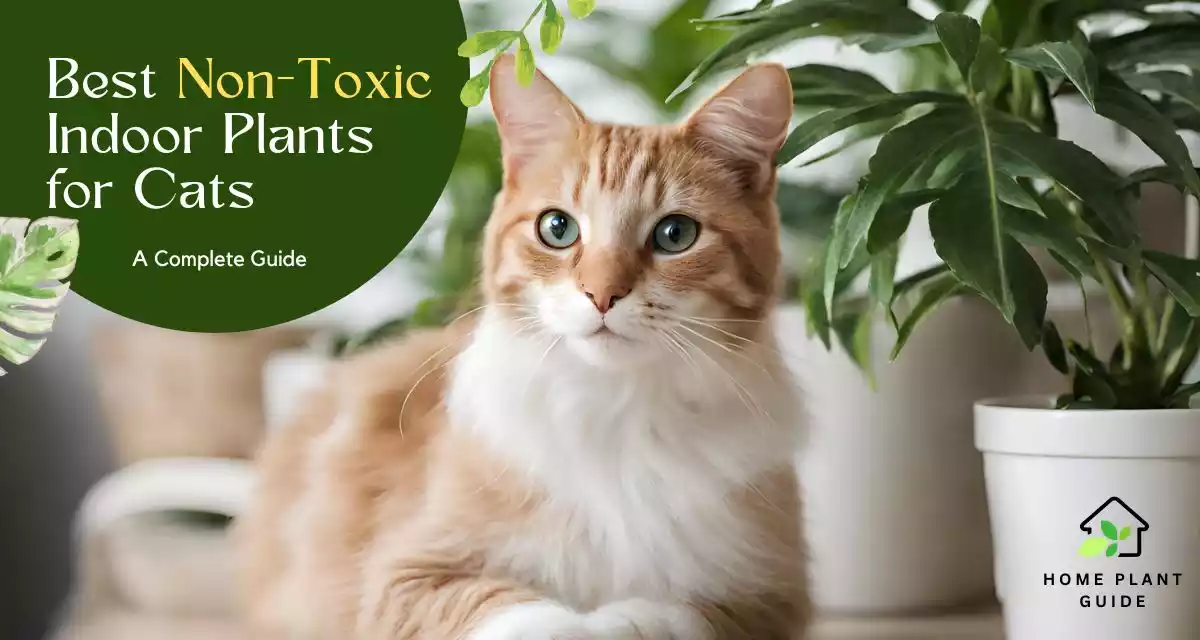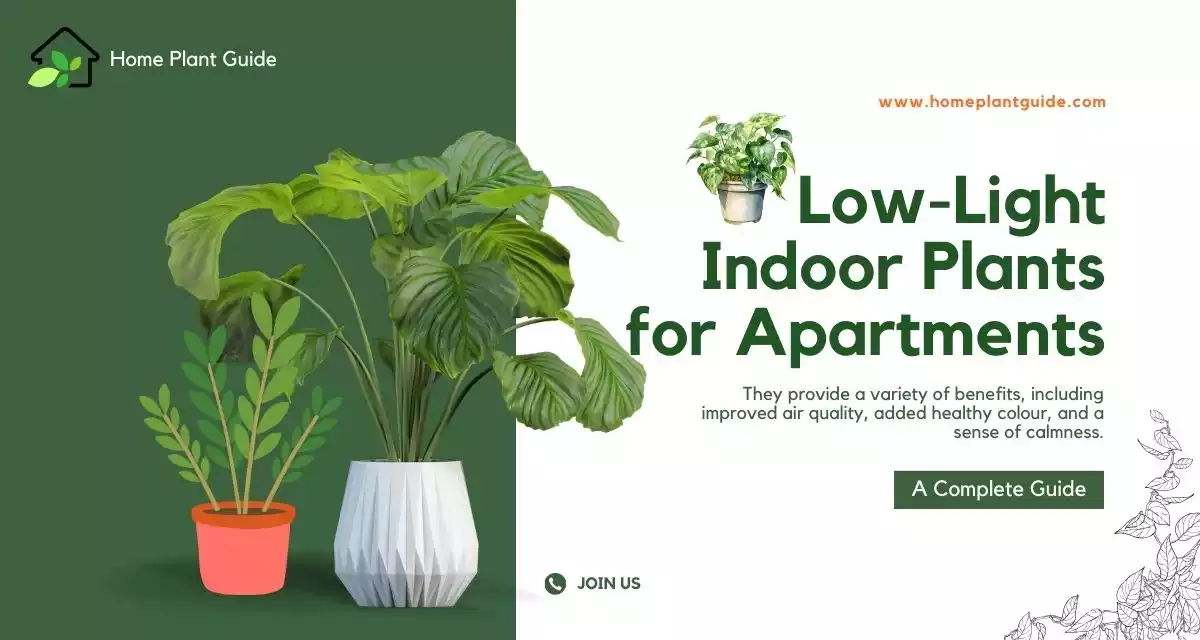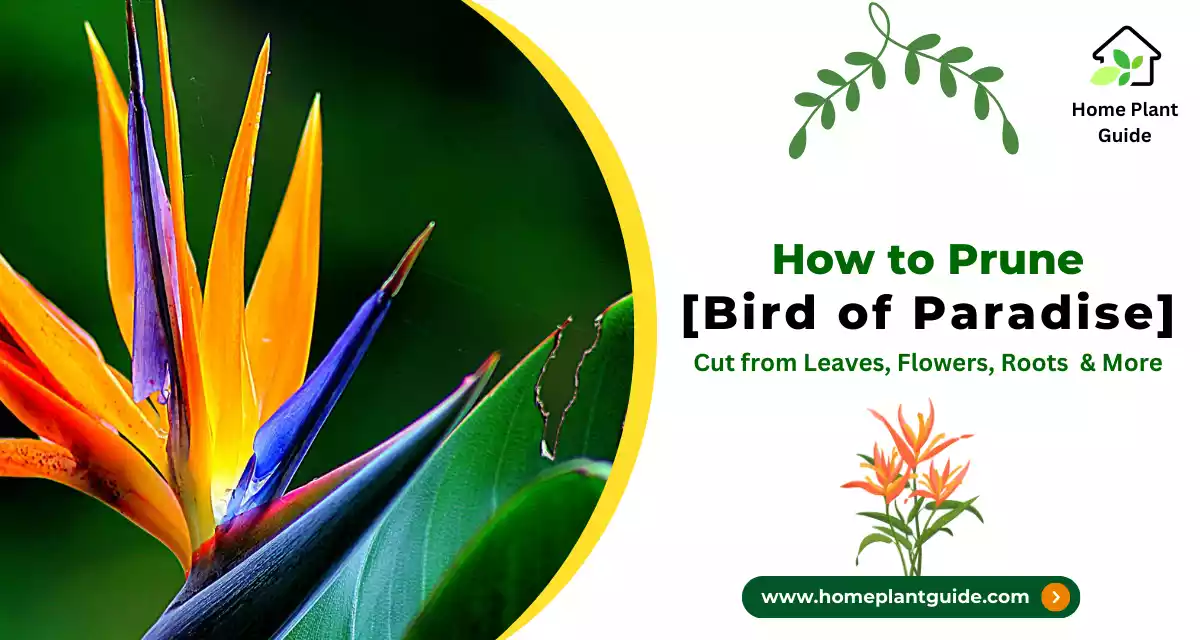Toxic plants can be a major hazard to both humans and pets. If you have planted toxic plants in your home, then you need to take some important steps to remove them for better living. Otherwise, keep them out of reach from your access.
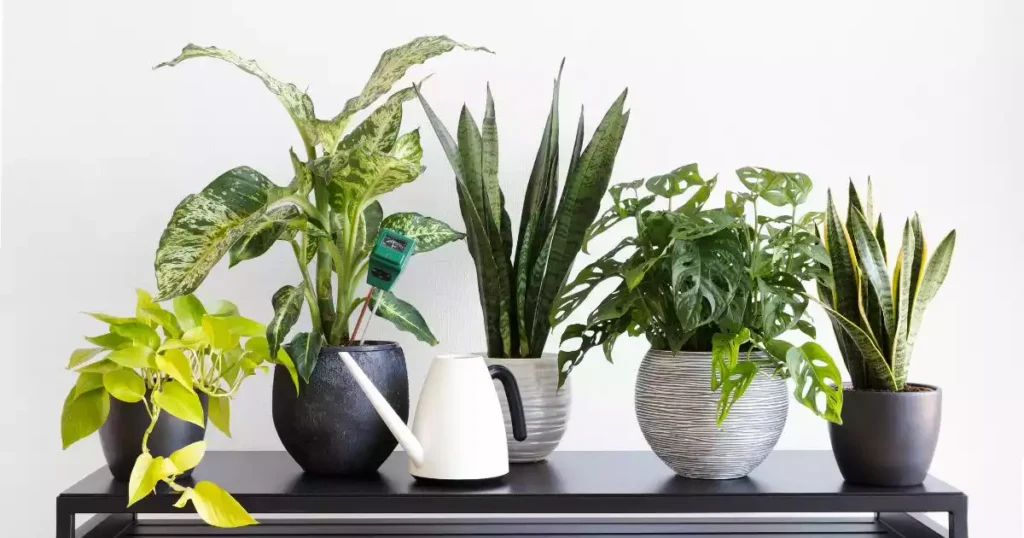
If you have a little bit of knowledge and caution, you can still enjoy all the benefits of houseplants without the fear of poisoning.
So without hesitation fill your home with greenery! Just make sure your leafy friends are friendly.
In This Article
What are Toxic Plants?
Toxic plants contain substances that can be harmful or even fatal if ingested. These substances can cause a variety of symptoms, including nausea, vomiting, diarrhea, skin irritation, and even respiratory problems.
Always remember, houseplants are beautiful and helpful everywhere, but it is important to treat them with respect and learn which ones need a little extra space.
How to Identify Toxic Plants?
There are several ways to identify toxic plants. Some plants have distinctive physical characteristics, such as leaves with jagged edges or berries that are bright red or black.
Other plants may not have any obvious signs that they are toxic.
The best way to identify toxic plants is to make and consult a list of toxic plants. Some online and print resources can help you identify toxic plants.
10 Poisonous Plants for Indoor
Indoor plants are like the best your roommates. They add some life to the place, and they even help clean the air. But some of these leafy friends have a dark secret, they are poisonous.
Here are the names of 10 toxic plants.
Philodendron
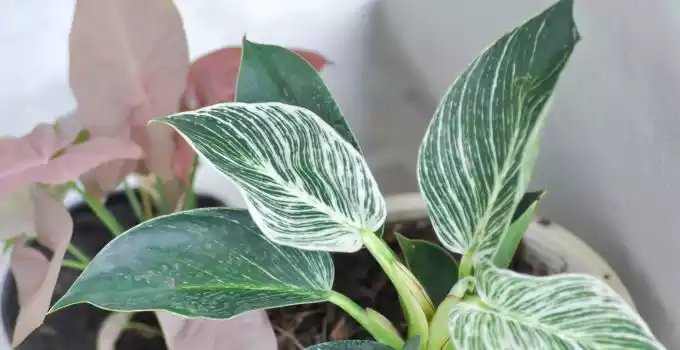
Philodendrons are like the ultimate low-maintenance superstars of the houseplant world. It is very popular for its heart-shaped leaves.
However, all parts of Philodendron plants contain insoluble calcium oxalate crystals, which can cause burning and swelling in the mouth and throat.
Pothos
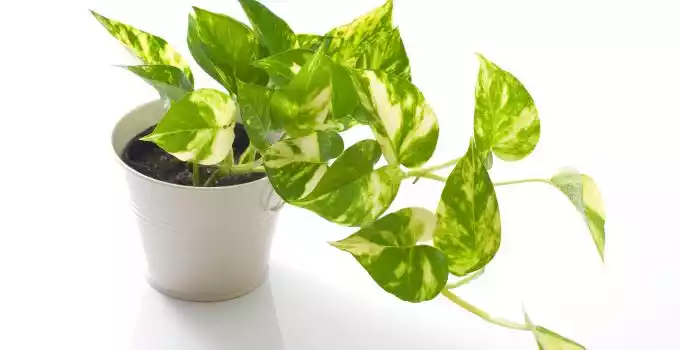
The scientific name of this plant is Epipremnum aureum. Pothos, also known as devil’s ivy. It is one of the most popular houseplants for good reason.
Pothos is mildly toxic if ingested. This popular vine contains insoluble calcium oxalate crystals, which can cause burning and swelling in the mouth and throat.
Dieffenbachia
Dieffenbachia is a very popular houseplant choice for its dramatic leaves and easygoing nature. The scientific name of this plant is Dumb Cane.
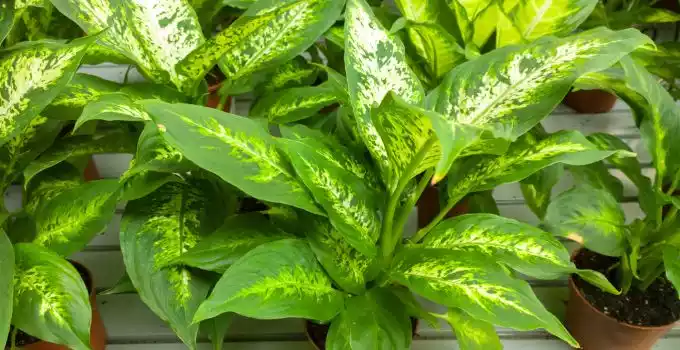
It is a mildly toxic plant. The sap of this plant contains insoluble calcium oxalate crystals, which can cause intense burning and swelling in the mouth and throat.
Place your Dieffenbachia on high shelves or hanging planters, where curious kiddos and furry friends can not access its tempting leaves.
English Ivy
This is also a very popular plant, especially in the winter season. This is a classic indoor and outdoor plant.

English ivy can be toxic. All parts of this plant contain saponins, which can cause nausea, vomiting, and diarrhea.
The toxicity of English ivy is relatively mild and mainly affects pets and children who might ingest its leaves or berries.
Read More:
Croton Plant Indoor Care & 7 Amazing Benefits
5 Best Feng Shui Plants to Bring Good Energy Into Your Home
Lily of the Valley
Lily of the Valley is very famous for its delicate white bells and intoxicating fragrance.
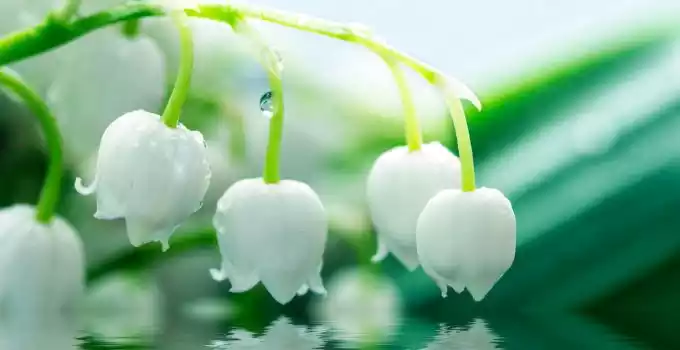
Lookswise these plants are very beautiful but all parts of this plant contain cardiac glycosides, which can be fatal if you can ingested. It can affect the heart and nervous system of your body.
If you’re looking for a non-toxic alternative with similar vibes, then try to select a sweet woodruff plant. This is perfect for safety in spring.
Oleander
The scientific name of this plant is Nerium oleander. Oleander is a highly toxic plant. Every part of this plant, from the leaves to the stems and even the flower, is toxic.
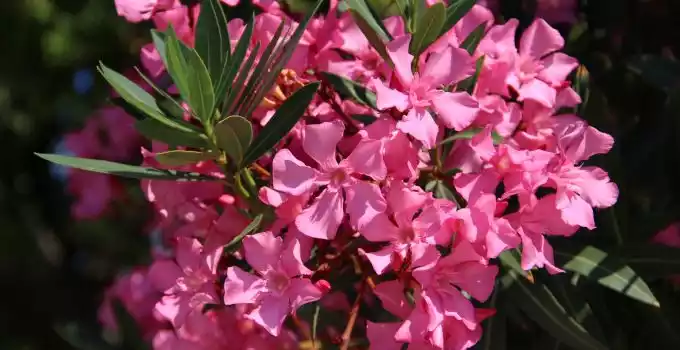
All parts of this plant are poisonous and contain cardiac glycosides that can cause nausea, vomiting, diarrhea, and irregular heartbeat.
Peace Lily
This peaceful plant is mildly toxic. So If you or your furry friend nibble on a leaf, you might experience some drooling, vomiting, or skin irritation.
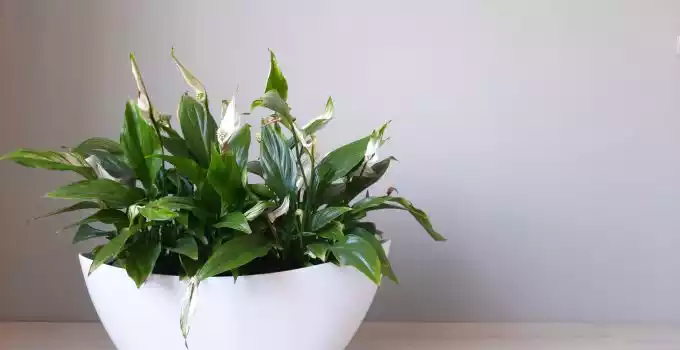
This popular houseplant contains insoluble calcium oxalate crystals, which can cause burning and swelling in the mouth and throat.
Read More:
5 Best Low Maintenance Indoor Plants
Tulip

The scientific name of this plant is Tulipa. Tulip bulbs contain tulipalin A, which can cause nausea, vomiting, and diarrhea. They are the perfect way to brighten a room, a gift, or even just your mood.
Azalea
This is a very popular plant. Azalea is very popular for its bright blooms and sweet scent. Every part of this plant, from the leaves to the flowers, is toxic if ingested.
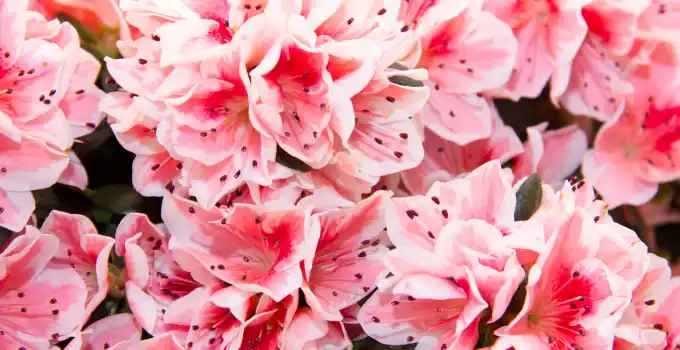
This popular flowering plant contains grayanotoxin, which can cause vomiting, diarrhea, and dizziness.
Umbrella Plant
This plant is mildly toxic. Those pretty leaves can cause drooling, vomiting, or skin irritation if chewed. All parts of the Umbrella Plant contain saponins, which can cause nausea, vomiting, and diarrhea.
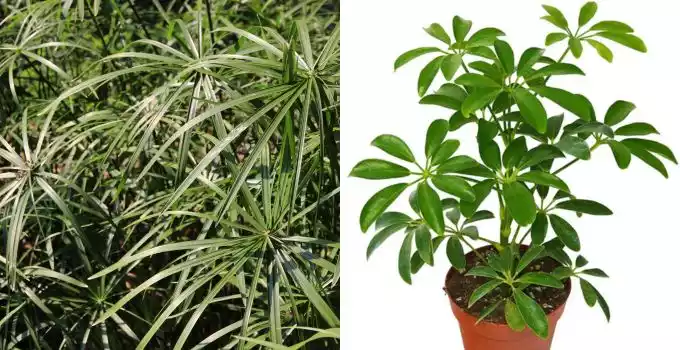
You can place your Umbrella Plant on high shelves or hanging planters, far from curious mouths and paws.
If you have little nibblers then consider non-toxic options like spider plants or succulents. They are just as cool and safer for furry friends.
Kalanchoe
Kalanchoes are mildly toxic. This succulent plant contains cardiac glycosides, which can affect the heart rhythm. Kalanchoes, with their plump, colorful leaves and vibrant blooms.
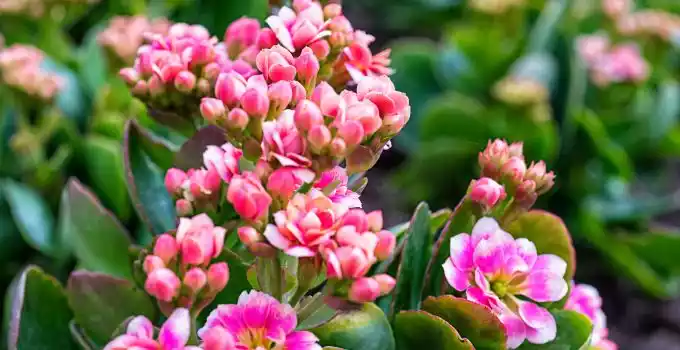
If you have little nibblers or are super cautious, consider non-toxic options like snake plants. They’re just as easygoing and way safer for everyone.
Read More:
How To Care For A Peace Lily Plant – 7 Propagation Techniques
Poisoning Symptoms if A Toxic Plant Has Poisoned You
If you think you have been poisoned by a toxic plant, it is important to seek medical attention immediately and consult with your house physician.
Consult with your house physician as early as possible. Do not wait for symptoms to develop in your body.
The following are some signs and symptoms of plant poisoning:
- Nausea and vomiting
- Diarrhea
- Dizziness
- Headache
- Skin irritation
- Respiratory problems
- Seizures
So if you have a pet that you think may have been poisoned by a toxic plant, it is important to contact your veterinarian immediately.
Symptoms if Your Pets Has Been Poisoned
If you think your pet has been poisoned, if you have seen your pets doing abnormal behavior then take extra precautions. Look carefully for the following symptoms:
- Standing alone
- Acting disoriented
- Holding head down
- Refusing feed
- Drinking large amounts of water
- Wasting
- Shaggy coat
In this case, you should contact your local veterinarian immediately, if you suspect that your animal is poisoned.
Remember one thing, try to avoid using hay with poisonous plants because even after curing, the harmful substances may remain.
How to Remove Toxic Plants from Your Home
If you have toxic plants in your home, there are several ways to remove them.
- You can give the plants to someone who does not have children or pets.
- You can donate the plants to a local botanical garden or nursery.
- You can compost the plants.
- You can dispose of the plants in the trash.
How to Keep Toxic Plants Out of Reach
If you cannot able to remove toxic plants from your home, it is important to keep them out of reach of children and pets.
- You can place the plants in a high place, such as on a shelf or bookcase.
- You can use a plant cage to keep the plants out of reach.
- You can keep the plants in a room that is off-limits to children and pets.
Conclusion
Toxic plants can be a major hazard, but they can be managed with care. You need to take some steps to identify toxic plants and remove them from your home.
Otherwise, keep them out of reach. You can help protect yourself, your family, and your pets.
FAQ:
Q: What are the symptoms of plant poisoning?
The symptoms of plant poisoning can vary depending on the type of plant ingested and the amount.
consumed. Some common symptoms include:
1. Oral irritation
2. Drooling
3. Vomiting
4. Diarrhea
5. Abdominal cramps
6. Skin irritation
7. Difficulty breathing
Q: How can I prevent plant poisoning?
The best way to prevent plant poisoning is to keep toxic plants out of reach of children and pets. You can also consider choosing non-toxic plants for your home.
Read More Indoor Plantation:

